News this week that the Trump Administration had decided to finalize the Public Charge Rule has hit our community hard. This decision essentially forces immigrant families to choose between getting the food they need through the Supplemental Nutrition Assistance Program (SNAP or CalFresh in California) or jeopardizing their chance to remain legally in the U.S. Many of these people will choose to suffer without food. It’s objectionable that we as a country offer benefits like SNAP only to have our own government discourage hard working, well-meaning people from using them.
This is how the cycle of hunger begins. A family that is just getting by becomes a family where parents skip meals, so their children have something to eat. Where children get their best meal of the day at school or at an after-school program (but not today because school isn’t in session for everybody). When children and parents go undernourished many things happen, but none of them good. We only need common sense to know that children who come to school hungry cannot learn. We don’t need more studies to confirm that children and adults who eat “cheap” food (high in carbs, sugar and preservatives) are on their way to diet-related illness like diabetes and hypertension.
What drives our leaders to do this? Of all the things our country can easily give the world, it’s food. We are the world’s powerhouse in producing food and to promulgate rules that – with a backhanded stroke – remove meals from a child’s plate is beneath us as a nation.
We know that the first excuse to justify such action will be that people can use “Food Banks” or get help from another charity. The reality is that the benefits from SNAP are so ‘supplemental’ that families who are on the program are likely already attending food banks to get food for the many meals the SNAP program doesn’t cover. Those who don’t rely on a Food Bank like ours might soon line up to feed themselves and family members. The system will overload, bend and then break. Plainly stated, there is no easy substitution for the reliable source of food that the SNAP program provides.
What has transpired in Washington under this administration the past two years is not only unusual, it’s destructive to our communities. It’s yet another example of a coordinated attempt to erode our entire social safety net, and a plan that I believe will only succeed in creating a poorer and hungrier nation by denying people the assistance they need to lead healthy, productive lives.
Let’s be clear. Hunger doesn’t care if you’re a Republican or a Democrat. Food insecurity doesn’t seek out red states or blue states. But I do remember a time when both sides of the aisle took this issue very seriously.
As an anti-hunger leader in communities across San Francisco and Marin, we cannot afford to abdicate our responsibility to speak up in opposition to policies that cause direct and catastrophic impacts to our neighbors. You can join our efforts by asking your Member of Congress to support HR 3222 – No Federal Funds for Public Charge Act. We become stronger, more compassionate, and more productive communities when our neighbors are able to access the services they need to thrive without fear.


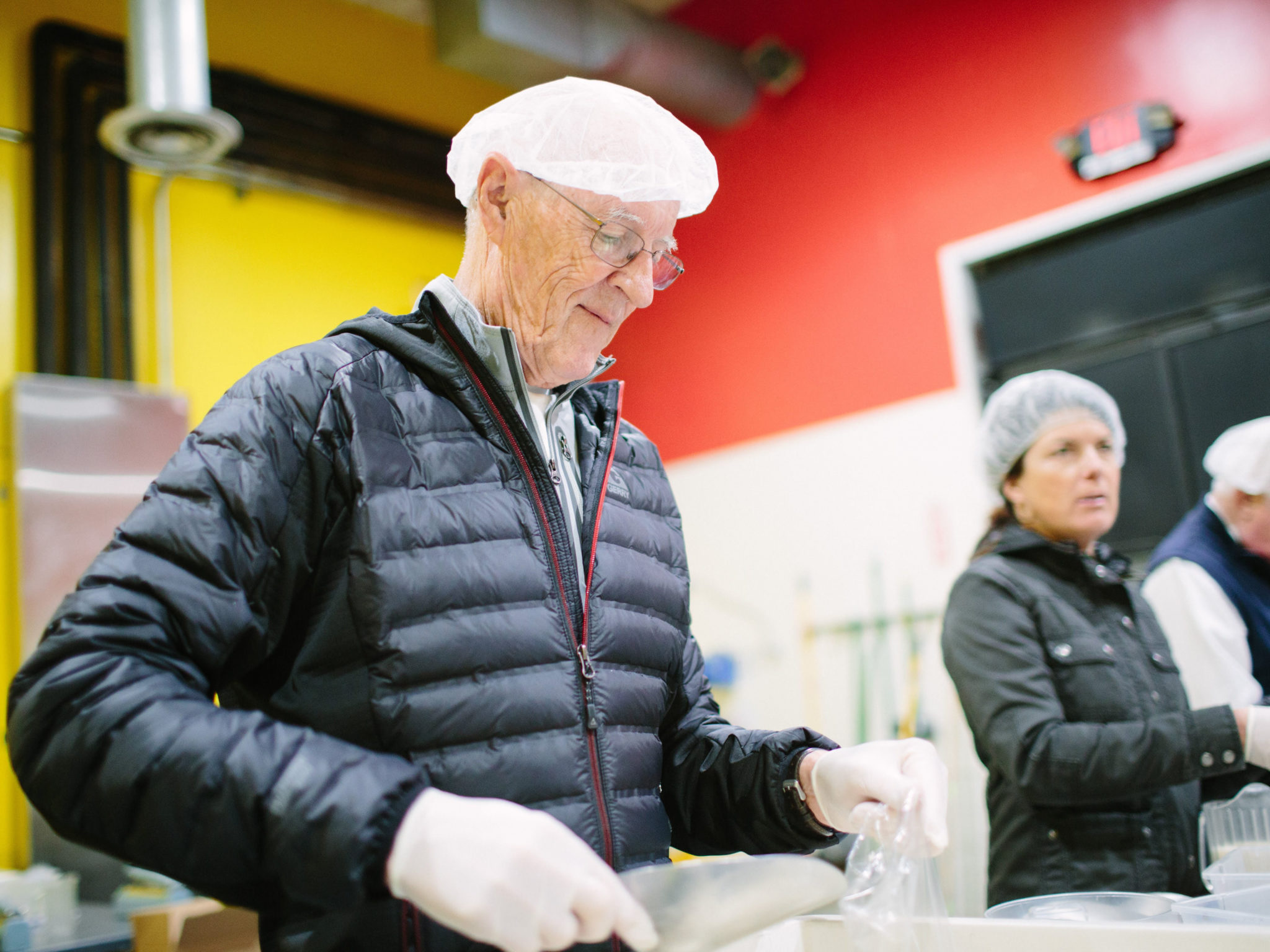
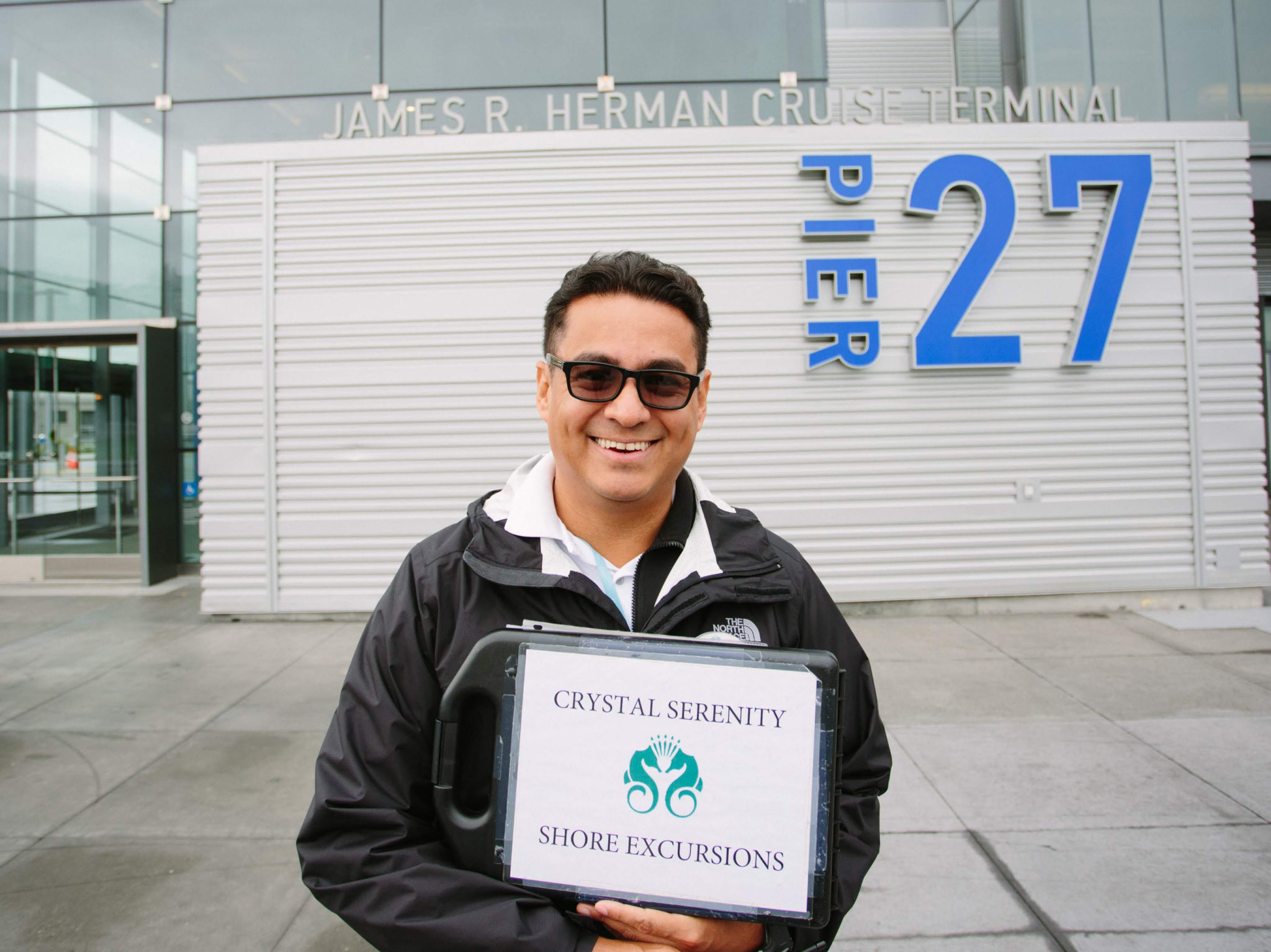
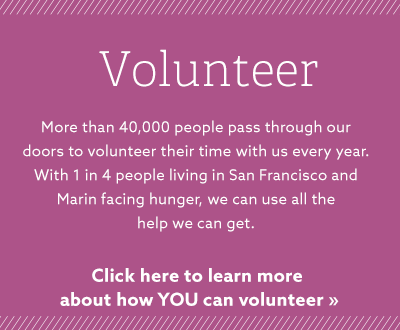
 An hour later, fiery chunks of debris were pelting the couple’s home. When it was all over, they were left with nothing but their brick chimney and charred sludge and debris. “We lost fifty years of everything in that house,” Jean said. “It’s numbing.” The couple is now navigating insurance to begin rebuilding their house and their lives.
An hour later, fiery chunks of debris were pelting the couple’s home. When it was all over, they were left with nothing but their brick chimney and charred sludge and debris. “We lost fifty years of everything in that house,” Jean said. “It’s numbing.” The couple is now navigating insurance to begin rebuilding their house and their lives.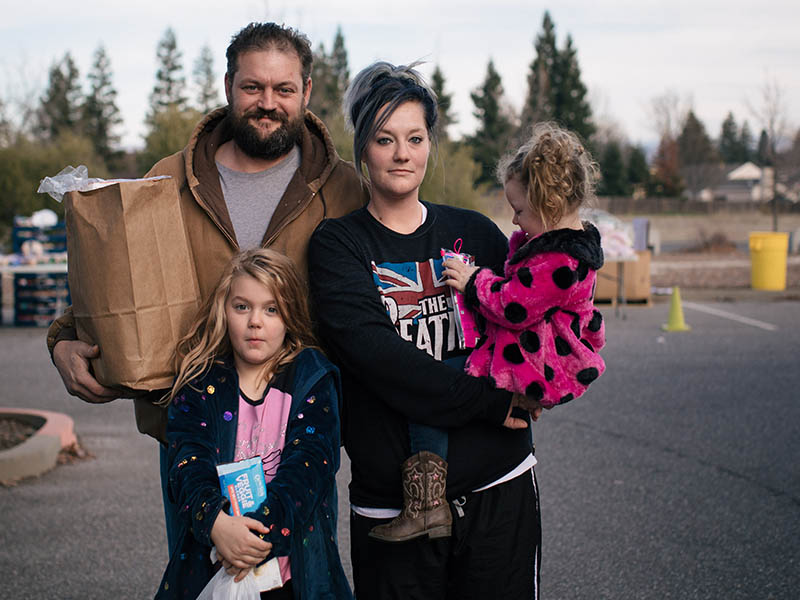
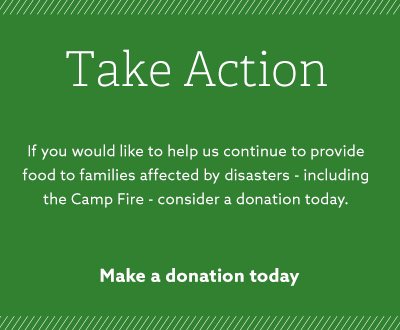

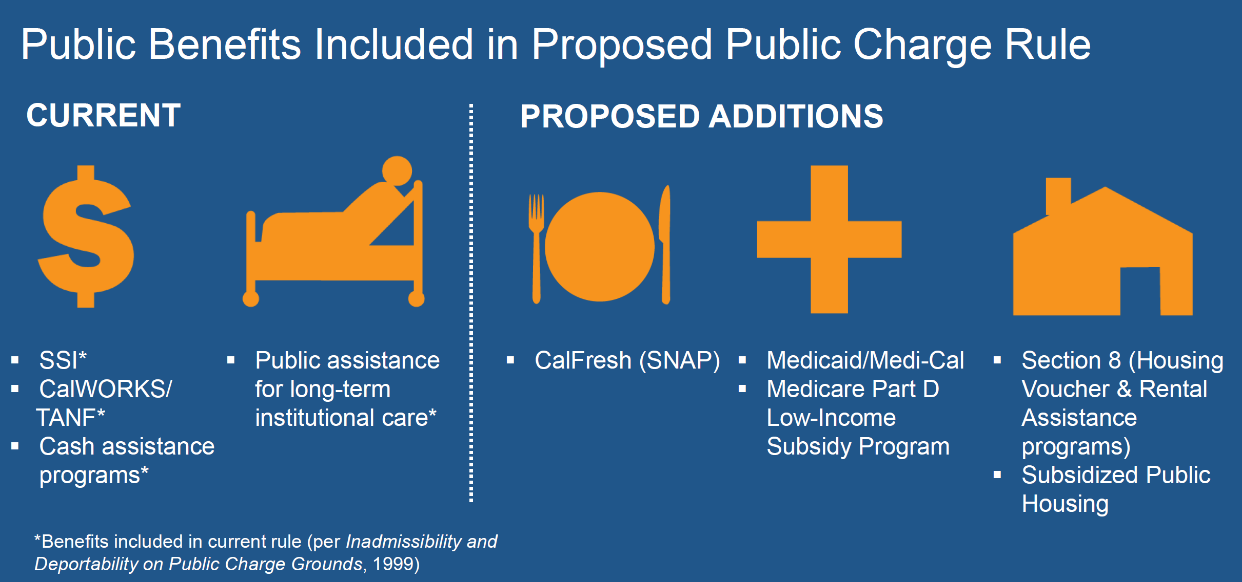

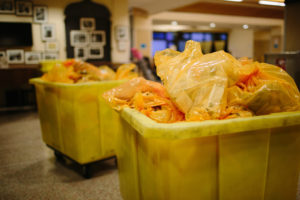
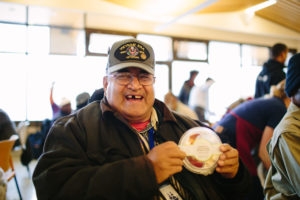
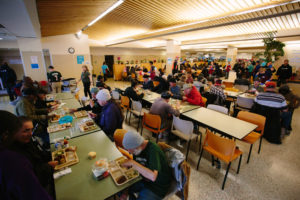
Share